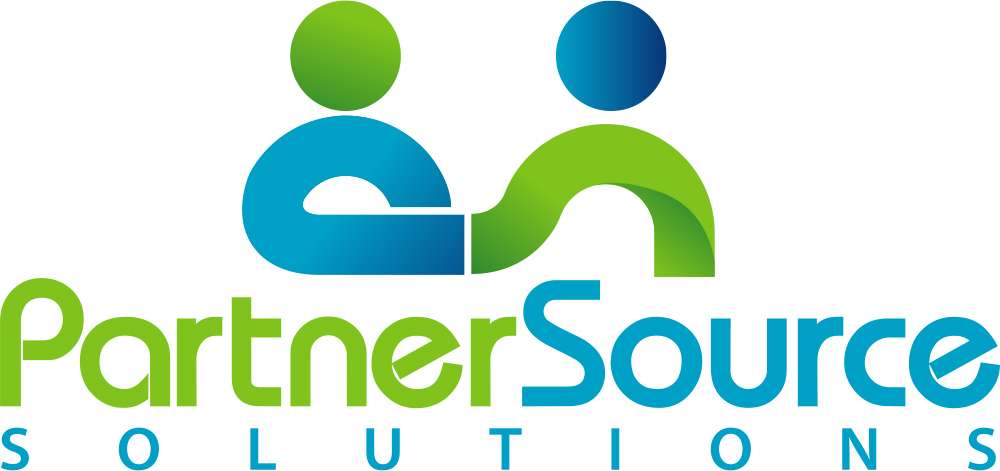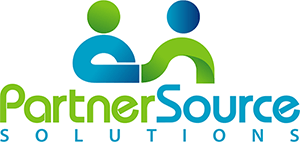As a salesperson and Sales Manager, over the past 30 years I’ve seen many technology changes. In the Inside Sales/Customer Service world there was Telemarketing where we randomly dialed prospects and customers manually by phone from lists (yeah…paper!). Then came computers and preview dialing…a salesperson could review notes and look at info about a customer or prospect and click a button to have a computer make the call. Then came predictive dialing, computers that would dial dozens of numbers in a database and if someone answered, connect that call to salesperson/agent. Back in this era, at one time I had 100 inside sales & customer service people working for me.

For Outside salespeople, technology took a lot longer to reach us. Sure we got cell phones, but other than calling people or receiving calls while we were out on the road, that didn’t do much for us. Laptop computers came along. They were big bricks to drag around and we still couldn’t do much with them beyond looking at spreadsheets or documents and do emails when we could get an internet connection, usually back at home, in the office or in a hotel. Maybe you had to update a big Sales whiteboard with the team’s current pending sales and status.

Contact management software came along and it allowed both groups to keep an electronic “Rolodex” of customers and prospects. I could look at their names, companies, titles and keep some notes about them. When was the last time we talked? What did I say, what did they say?

Early Customer Relationship Management (CRM) tools came around in the late ‘90’s and early 2000’s. Now Sales could know what Marketing was doing with a customer/prospect or a group of them. We could see what had been sent to them. We could see if a customer had contacted Customer Services with a complaint or issue. We started to be able to get a big picture of our company’s interaction with that customer/prospect. But that was only true if all the teams used the tools, and the only way for Sales to do that was when we got back to the office, home or hotel and had some kind of internet connection again….or if we did it off-line and then later would “sync” our offline database on the laptop back to the main system (usually at the corporate office). What a pain in the butt…and so many salespeople just wouldn’t bother doing it for days and days…or ever!

But here we are today. CRM solutions like Microsoft Dynamics CRM Online offer total solutions for both the Inside Sales/Customer Service/Marketing teams and the Outside Sales and customer support teams. They even include features like Project Management, Resource Management, Contract Management and Field Service capabilities! Mobile solution apps running on lightweight tablet (ie…iPads, Microsoft Surface or similar) and smartphone devices make it easy for us to update or enter information and share on a realtime basis. Integration between email/productivity systems like Microsoft Outlook/Office365 and CRM allow us to easily keep all of our communications up to date. Even unique industry vertical solutions can be created quite reasonably. The solutions are also comparably inexpensive (I can recall when doing a CRM project meant a minimum $100,000-$1,000,000 price tag!) making them an easy solution add-on for Small & Medium Businesses. For less than the cost of a cup of Starbucks coffee per day you can provide CRM Online solutions for your team!!

And all of that is fantastic…but I’ll tell you the thing I think companies need to look at using more of from CRM is this: Workflow/processes.
Defining your Sales process and using that to create workflows within CRM you can automate a lot of the activities. This has the dual benefit of making the system easier for your Sales team to work with but more importantly for management, we can now look at how that “best salesperson” operates and duplicate a lot of what they do to be successful. I can’t tell you that you can make a bad salesperson great doing this, but I’ve seen it work to make “C” salespeople into “B”s and “B’s” into “A’s” and that adds $$$$ to everyone’s bottom line!
You just have to give them the best tools and show them how to use them! As salespeople we’re generally motivated and compensated to sell more so ifyou can help them do THAT and show them how it will benefit them I see user adoption jump quickly because they’ve got a motivated self-interest to sell more!
The key here is that first step. Analyze what your Sales team members are doing. Look at how it’s different for the most successful ones. Then work out how to deploy that workflow process in your CRM tool (if you already have one) or get a modern CRM solutionthat has that capability (and probably a lot more!) and deploy it there.
Oh…and once you’ve done this, let’s talk about voice enablement of our CRM and productivity tools using solutions like Microsoft’s Cortana…but I’ll save that for another blog!
This was written by Eric Klauss. If you’d like help with your Sales team or CRM solution please contact us: info@snehalkalele.com or follow Eric on Twitter @eklaussmentor



